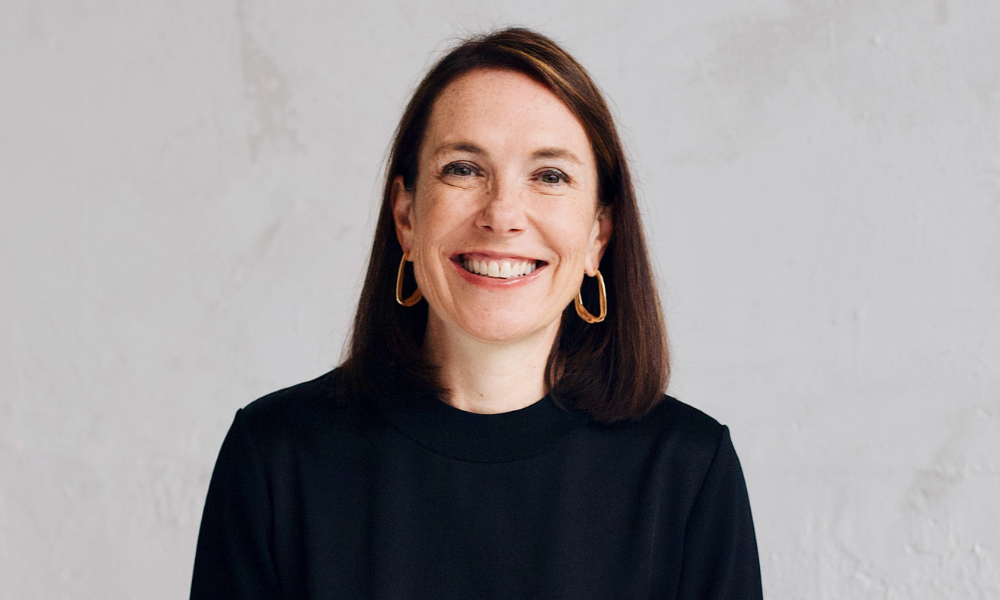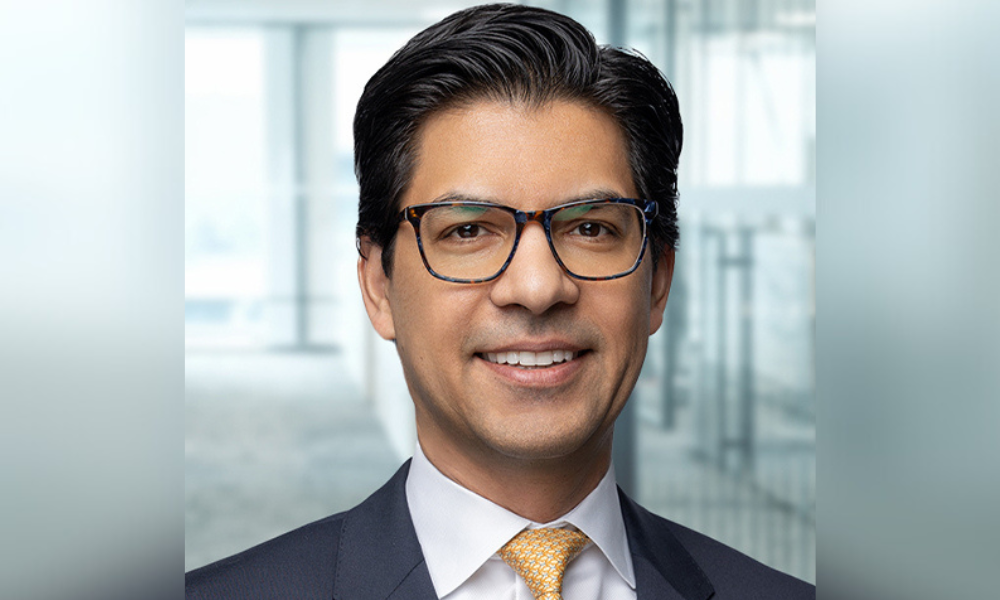Helen Hayes, also Head of iShares Canada for BlackRock, says a new investment regime is now in play

We’ve entered a new investment regime and opportunity knocks for the smart fixed-income investor. That’s the view of Helen Hayes, Managing Director and Head of iShares Canada for BlackRock, who told a recent WP Women in Wealth conference audience that this new “higher rates for longer” era has significant implications for portfolios.
In a closing fireside chat, she described how the post-pandemic inflationary shock brought a rapid rise in interest rates, sparking a selloff in both equities and fixed income. The volatility left its mark; for example, a typical portfolio of 60% S&P 500 equities to 40% U.S. bonds returned -17% through the end of October, which is the worst annualized return since 1937.
Hayes, who has spent the majority of her career in capital markets, including spells at UBS and CIBC, said BlackRock’s outlook for 2023 stressed the need to rethink the role of bonds. After years of meagre returns, they’re back in business. To a backdrop of likely recession and stagflation risk, there has been a rise in yields, particular on the front end of the curve, offering investors potential income and a way to insulate their portfolio from additional shocks.
“At BlackRock, we think [recession] is almost a certainty in 2023 and we think it's bringing high and persistent inflation,” Hayes said. “It’s important to note this is not a balance sheet-driven recession; it's all about the Fed managing inflation.”
A year ago, the interest rate offered on a short-term treasury bond, either from one month to one year to maturity, was next to zero. Today, that same investment has a yield of almost 4%. “Stay in the front of the curve and clip your coupon is our message,” she said.
Hayes also made the case during her Women in Wealth appearance for investment grade credit, again at the front end of the curve, as a sweet spot for offering potentially attractive returns.
On the equity side of the equation, Blackrock’s outlook for 2023 focuses on pricing the damage brought about by this regime shift. Higher interest rates and the likelihood of recession mean less disposable income and downside risks to people’s household balance sheets. The result: value stocks look attractive compared to growth stocks, which have enjoyed a decade of outperformance. Hayes said Blackrock, therefore, favours value-style equities, which tend to give you good exposure to the real economy with a high correlation to industrial production and durable goods.
This feeds into one of the company’s other themes for 2023: living with inflation, which she believes is unlikely to return to the Fed’s desired 2% level. TIPS and infrastructure equities are historically attractive in a higher inflationary regime and when you dig into the latter, sectors like utilities, industrials and materials have been propelled by recent government spending. Hayes said: “We favour industries that move with or remain resilient in the face of inflation. We like infrastructure, we like energy, we like agriculture, and we're overweight health care.”
While the future naturally dominates the narrative, 2022 marked three years of the RBC iShares alliance in Canada. The strategic alliance between two major players brought together Blackrock’s global expertise in ETFs and RBC’s strength and network for the benefit of advisors and, ultimately, the end investors. From core to dividend, from passive to active, or sustainable to mega trends, RBC iShares prides itself on offering a full range of ETF products.
Hayes said the past few years have been an unqualified success. “We [at BlackRock] had roughly $60 billion in AUM and a solution set of about 150 ETFs. Three years later, now as a combined alliance, we were the first to grow our suite to 170 ETFs, we cover all major asset classes and geographies, and we're number one market share at almost 30%. Our advisor channel had ETF sales of almost $5 billion in 2021 and that's grown from where we were before the alliance at $0.5 billion.”
Hayes also reflected on the ETF trends of 2022, pointing to inflows that exceeded mutual funds and revealed how investors had turned defensive, using the nimbleness of the ETF vehicle. As well as fixed-income ETFs, dividend and minimum volatility ETFs were in demand, as were high yield savings and cash-related ETFs. RBC’s Canadian discount bond ETF (RCBD) had about $400 million of inflows while over 50% of Blackrock’s global flows came in fixed income ETFs. The iShares Core Canadian corporate bond ETF (XCB) and the RBC Target Maturity Corporate Bond has taken in over $700 million, while XFR, the iShares Floating Rate Index ETF drew in over $300 million in new business.
For advisors, there is an overwhelming amount of choice in the ETF market, but Hayes believes this gives advisors the opportunity to find the right exposure for their clients, whether that be asset class or region of the world, or by using a minimum volatility ETFs, for example. By doing this, advisors can also ensure their clients stick to their long-term plan and, crucially, stay invested.
“It’s about staying the course and advisors looking at their client's needs in this volatility, looking at portfolio construction with that longer term perspective,” Hayes said. “When we think about ETFs, you can be nimble by using the likes of fixed income, dividend strategies and your minimum volatility strategies.”



